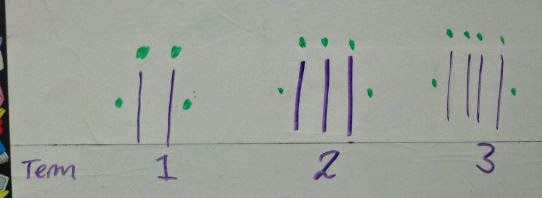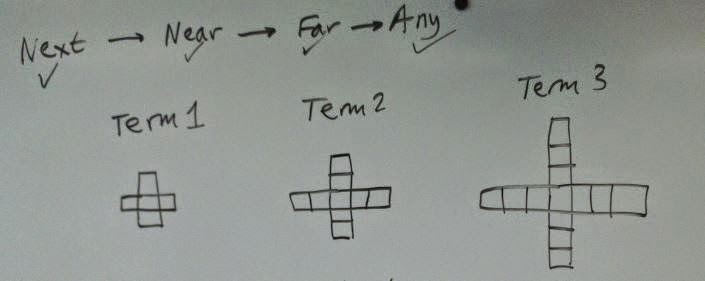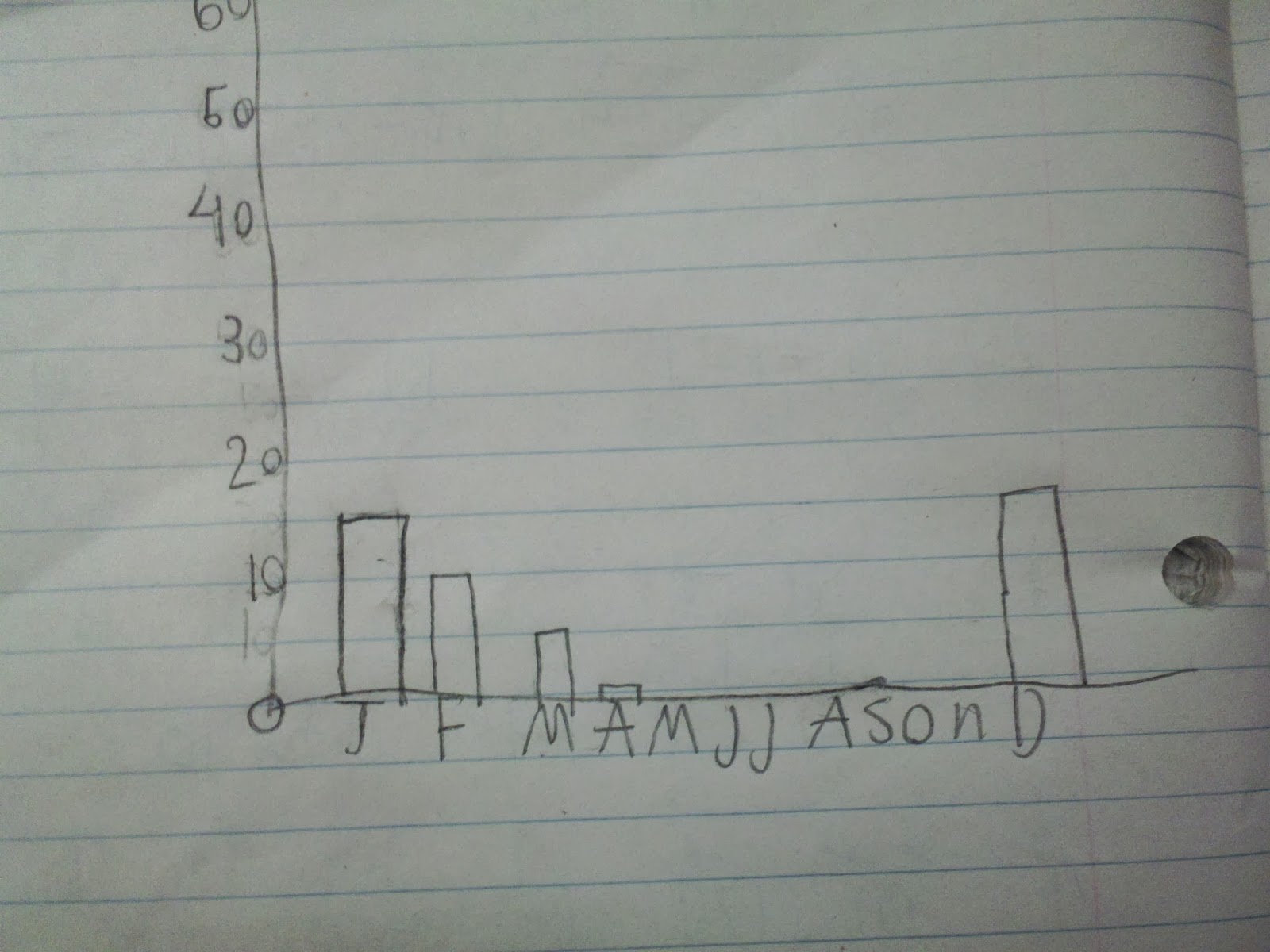“It is not the knowledge but the act of learning, not possession but the act of getting there, which grants the greatest enjoyment.” Karl Freidrich Gauss
Here in sunny but frigid Ontario, we occasionally hear and read blasts from a variety of sources about how our Math curriculum is useless because it is discovery-based. These sources often call for a return to the 'proven' rote-learning method of yesteryear. These claims are wrong on two accounts: firstly, there is no mention of 'discovery learning' in any of the Ontario Math curricula; secondly, if yesteryear's rote-learning methods were so effective, then we would have a generation of confident and capable mathematicians. I regularly speak with parents at Math Nights and can testify that most of them are mathphobic and attribute this to the rote-learning models they endured.
But there is one key word that is ubiquitous throughout our curriculum:
Develop
I see this word as an action that teachers must do with great intentionality to help students truly understand Math concepts. For example, I was in a Grade 5 class last week and the goal was to get students to develop the formula for the volume of a rectangular prism (or cuboid as we say in England). In the past, I might have given the students the formula, then a bunch of examples to copy and then a load of questions to do. I would then get frustrated when, weeks later, students used the wrong formula. Now I realise that because the students hadn't developed the formula, they didn't understand it. If they didn't understand it, they were more likely to forget it or confuse it with another formula. I saw this formula for the area of a triangle many times:

So in the Grade 5 class, we gave each pair of students twelve linking cubes and asked them to make as many solid rectangular prisms as they could, and to write down the length, width, and height for each one. As they went about making these we uncovered some great conversations (e.g. is a 2 by 6 by 1 prism the same as a 6 by 1 by 2 prism?). Most of the students wrote their results in a table and for those who hadn't it was easy enough to convince them why this was a good idea. I then asked them to add another column to their table and label it Volume. Any initial thoughts of "Oh no, we have to make them all over again!" were quickly dispersed as they realised that the volume was always going to be 12. This gave us this table of values:
This allows me to give one of my favourite challenges:
"Right, Math is the study of patterns, and there is a pattern in this table that is waiting to be discovered. Discover it!"
It didn't take to long before Zade thought he had a rule that worked. I asked him to check that it worked for all cases. Before long every group had made the discovery but since Zade was the first to get it, the glory belonged to him:
What was powerful about this is that it allowed us to check to see if a 2 by 3 by 4 prism had a volume of 12 (as one student had mistakenly claimed). It was also neat to see that some students were able to connect this to previous knowledge (the area of a rectangle is length times width) and why this appears in this formula (it is the area of the rectangular base). This is important as it allows us to connect to future learning i.e. the volume of any prism is the area of the base times by its height.
It is perhaps important to emphasise that the students did not 'discover' this formula: they developed it with a lot of intentionality on the part of the teacher. It is also important to note that whilst it is great that they now understand what the formula for the volume of a rectangular prism is, they now, as part of a balanced numeracy program, need to practise this new found knowledge through a variety of closed and open questions.
I will follow up this post with how I have got students to develop other formulas in other grades.













































